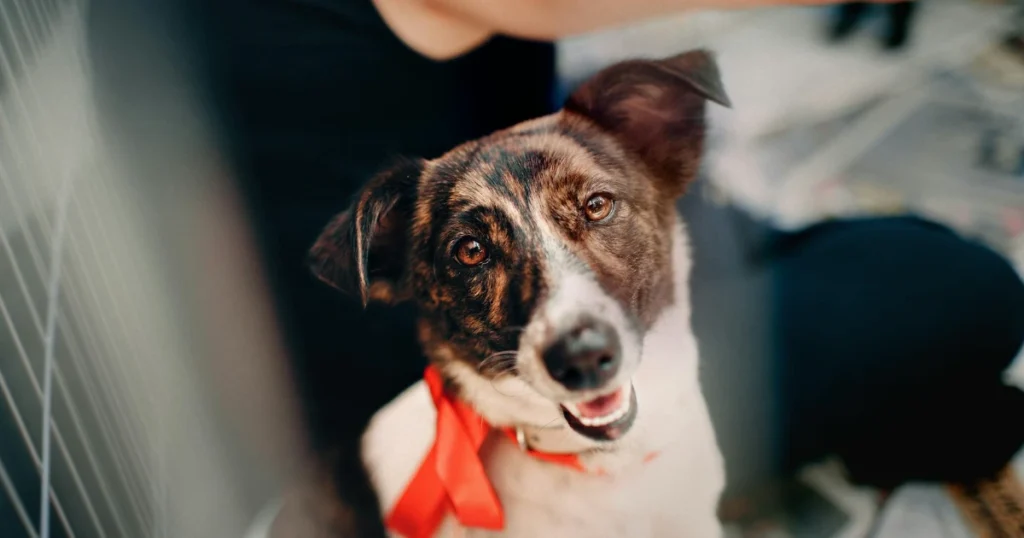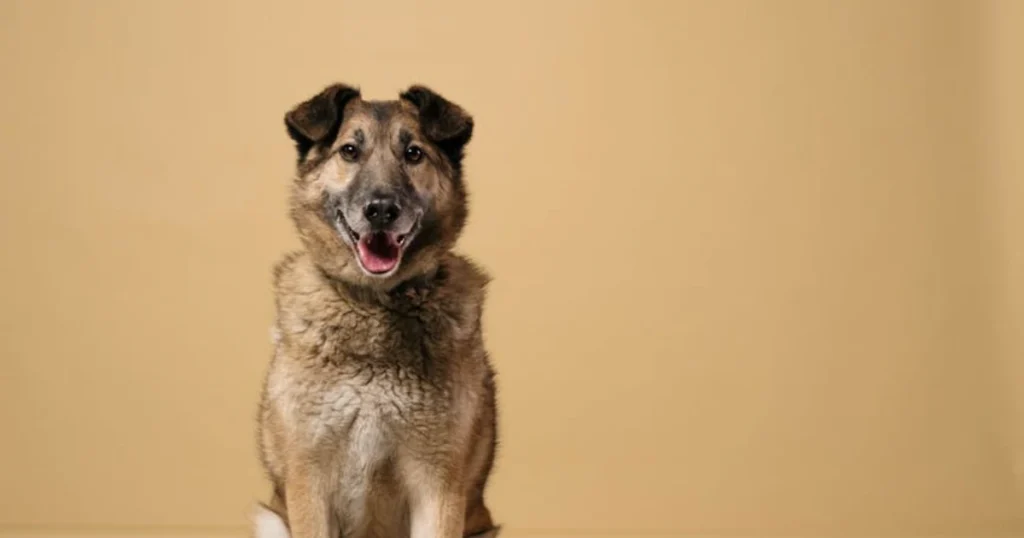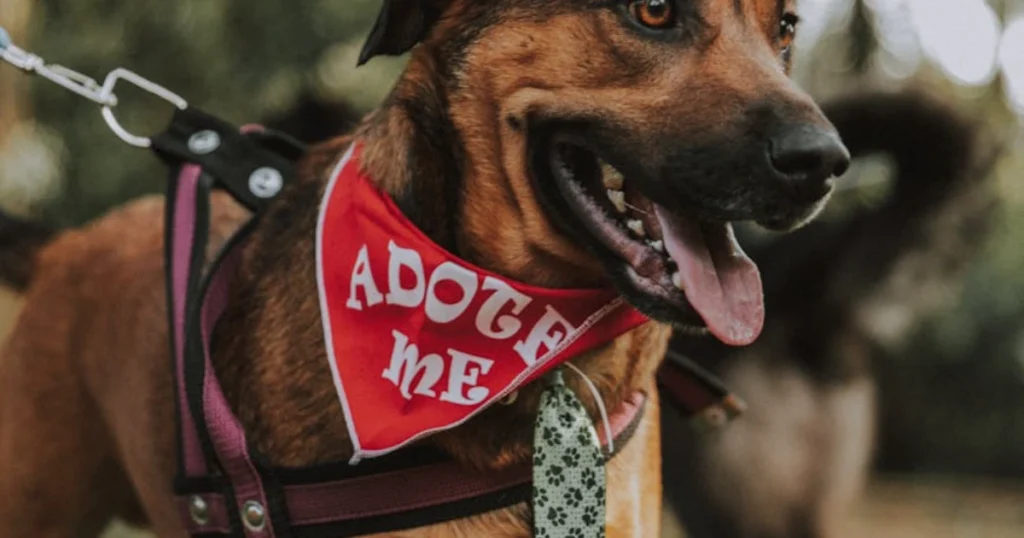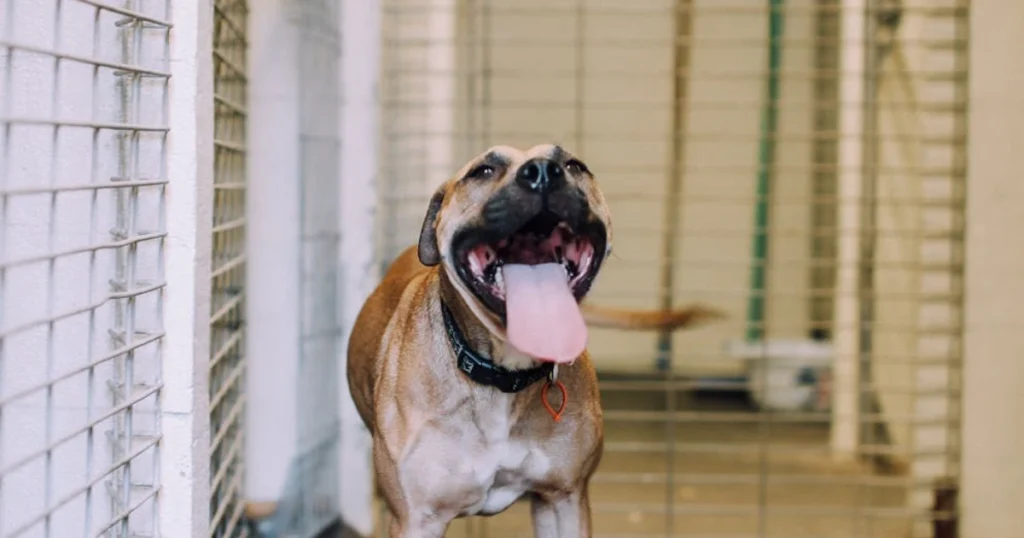Bringing home a rescue dog is one of those life moments that’s both exciting and a little nerve-wracking. I’ve worked with dozens of rescue dogs over the years, and if there’s one thing I wish every new owner knew, it’s this: managing a rescue dog isn’t about fixing them—it’s about building trust, setting clear expectations, and growing together.

Why Rescue Dogs Need a Different Approach?
Here’s the thing: rescue dogs often come with a backstory. Sometimes it’s a mystery, sometimes it’s heartbreakingly clear. Either way, they need us to get things right from day one. Unlike puppies, rescue dogs may carry habits, fears, or quirks from their past. That’s why your first moves matter so much.
Building a Relationship with Your Rescue Dog
Relationship Over Friendship
Forget about whether your dog is making friends at the park. What matters most is the relationship between you and your rescue dog. Your goal? Become the person your dog looks to for comfort, guidance, and confidence. I’ve seen dogs transform when they realize their new human is someone worth trusting.
First Days: Bonding Without Overwhelm
It’s tempting to shower your new dog with affection and introduce them to everyone you know. But many rescue dogs aren’t ready for that. I remember bringing home my first rescue—she hid under the table for hours. What worked? Quiet time together. Hand-feeding meals (yes, with my hands) helped her see I was the source of good things. Gentle walks in quiet areas, not busy parks, let her decompress. Watch how your dog reacts to new sounds and people. Let them set the pace.

Establishing Leadership Through Training
Teaching Essential Life Skills
Leadership isn’t about being bossy—it’s about being someone your dog wants to follow. Training is where this starts. Focus on basics: responding to their name, walking nicely on leash, and coming when called. There’s a world of difference between a dog who knows their name and one who’ll respond in a distracting environment. Practice in quiet places first. If your dog isn’t responding perfectly, don’t treat them like a seasoned pro. Go back to basics, just like you would with a puppy.
Rehearsing Perfect Responses
Here’s where most people mess up: they assume their rescue dog is already trained. In reality, you need to rehearse perfect responses. I like to practice recall in a hallway—no distractions, just me and the dog. Treats right on their nose, lots of praise. Once they’re nailing it inside, we try the backyard. If things fall apart, we dial it back. It’s all about setting your dog up to win.
Expert Insight: “The key to building trust with a rescue dog is consistency and patience. Celebrate small wins and always end training sessions on a positive note.” — Dr. Lisa Radosta, DVM, DACVB
Socialization and Confidence Building
Skip the Leash-Free Parks (For Now)
It’s tempting to let your rescue dog run free and meet other dogs right away. But here’s my hard-earned advice: don’t. If your dog gets overwhelmed or has a bad experience, it can set you back weeks. Instead, focus on calm, controlled introductions and environments where your dog can observe from a safe distance.
Creating Positive Associations
Many rescue dogs haven’t seen much of the world. The first time I took my rescue to a busy street, she froze at the sound of a bus. So we started small—quiet streets, lots of treats, and praise for every brave step. The goal is to build confidence, not flood them with new experiences all at once.
Exploring New Environments
Socialization isn’t just about meeting other dogs. It’s about letting your dog experience new sights, sounds, and smells at their own pace. Take them to new places—an empty park, a quiet trail, even a friend’s backyard. Let them sniff, explore, and check things out. Every positive outing adds to their confidence bank.

Adjusting Expectations for Rescue Dogs
Treat Them Like Dogs, Not Just Puppies
Here’s a lesson I learned the hard way: rescue dogs aren’t blank slates. Puppies are usually eager to please, but older dogs might be more reserved or distracted. Mix up your rewards—sometimes treats, sometimes toys, sometimes just a happy voice. Variety keeps things interesting and strengthens your bond.
House Training: Don’t Assume Anything
Many people assume their rescue dog is house trained. Big mistake. Some dogs have never lived indoors or had to hold it. Treat your rescue like a puppy at first. Take them out often, reward them for going in the right spot, and supervise closely. If they have an accident, it’s not their fault—they just need more guidance. I once fostered a dog who’d never seen carpet before; it took a week of supervision and gentle redirection before she got it.
Using Management Tools
Management is your friend. Baby gates, crates, and leashes aren’t just for puppies. They keep your rescue safe and prevent bad habits from forming. If you have other dogs, keep them separated at first. Let everyone settle in before making introductions. Make the crate a cozy, positive place—never a punishment. If your dog needs to travel or go to the vet, being comfortable in a crate will make life so much easier for both of you.
Final Thoughts: What Finally Worked for Me
Looking back, the biggest breakthroughs with my rescue dogs came when I slowed down, listened to what they needed, and celebrated every little win. Building a strong relationship takes time, patience, and a willingness to meet your dog where they are. Trust me, the payoff is worth it—a happy, confident dog who knows you’ve got their back.

FAQs: Managing Rescue Dogs
How long does it take for a rescue dog to adjust?
Every dog is different, but most rescue dogs need at least 3–6 months to fully settle in. Some may take longer, especially if they’ve had a tough past. Be patient and celebrate small progress.
Should I use a crate with my rescue dog?
Yes, crates can help your rescue dog feel safe and provide structure. Make the crate a positive space with treats and toys, and never use it for punishment.
What’s the best way to train a rescue dog?
Start with basic skills—name response, recall, and leash walking—in low-distraction environments. Use positive reinforcement and keep sessions short and upbeat.
How can I help my rescue dog socialize?
Introduce new experiences gradually. Avoid overwhelming places like busy parks at first. Focus on calm, positive outings and reward your dog for confident behavior.
What if my rescue dog has accidents in the house?
Don’t punish accidents. Go back to basics: frequent potty breaks, supervision, and rewards for going outside. Consistency is key.